Essential Glossary for Understanding the World of Kimonos
Your Complete Guide to Kyoto’s Traditional Dress
- Introduction: Discovering Kyoto’s Kimono Heritage
- Chapter 1: Foundation Garments – The Building Blocks of Kimono
- Chapter 2: Structural Elements and Design Features
- Chapter 3: Seasonal Considerations and Fabric Types
- Chapter 4: Essential Accessories and Undergarments
- Chapter 5: Footwear and Hair Accessories
- Chapter 6: Patterns, Colors, and Seasonal Motifs
- Chapter 7: Formal Occasions and Ceremony Terminology
- Chapter 8: Modern Kimono Culture in Kyoto
- Chapter 9: Caring for Kimono – Preservation Techniques
- Chapter 10: Shopping for Kimono in Kyoto
- Photography Opportunities: Capturing Kimono Beauty in Kyoto
- Cultural Etiquette and Respect
- Conclusion: Embracing Kyoto’s Kimono Legacy
Introduction: Discovering Kyoto’s Kimono Heritage
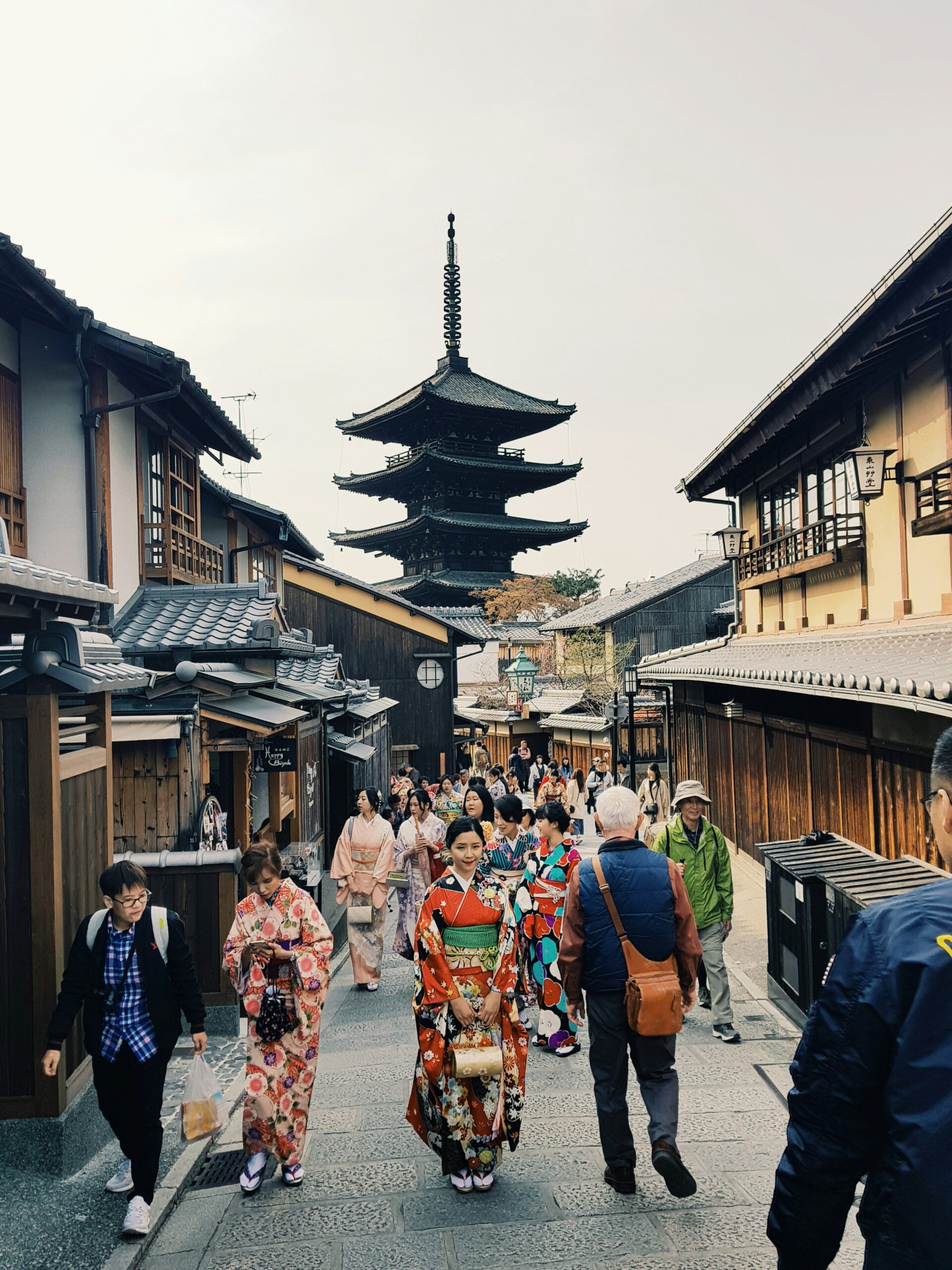
A bustling historic street in Kyoto, where visitors and locals alike can be seen wearing traditional kimono near a five-story pagoda
Kyoto, Japan’s ancient capital, stands as the beating heart of traditional Japanese culture, where the art of kimono-wearing has been preserved and perfected for over a millennium. Whether you’re planning to visit Kyoto’s historic districts like Gion or Arashiyama, or simply fascinated by Japanese traditional clothing, understanding kimono terminology is essential for appreciating this sophisticated art form.
In this comprehensive guide, we’ll explore the essential vocabulary that will transform you from a curious observer into a knowledgeable enthusiast of Kyoto’s kimono culture. From the basic garments to the intricate accessories, every term carries centuries of history and cultural significance.
Chapter 1: Foundation Garments – The Building Blocks of Kimono
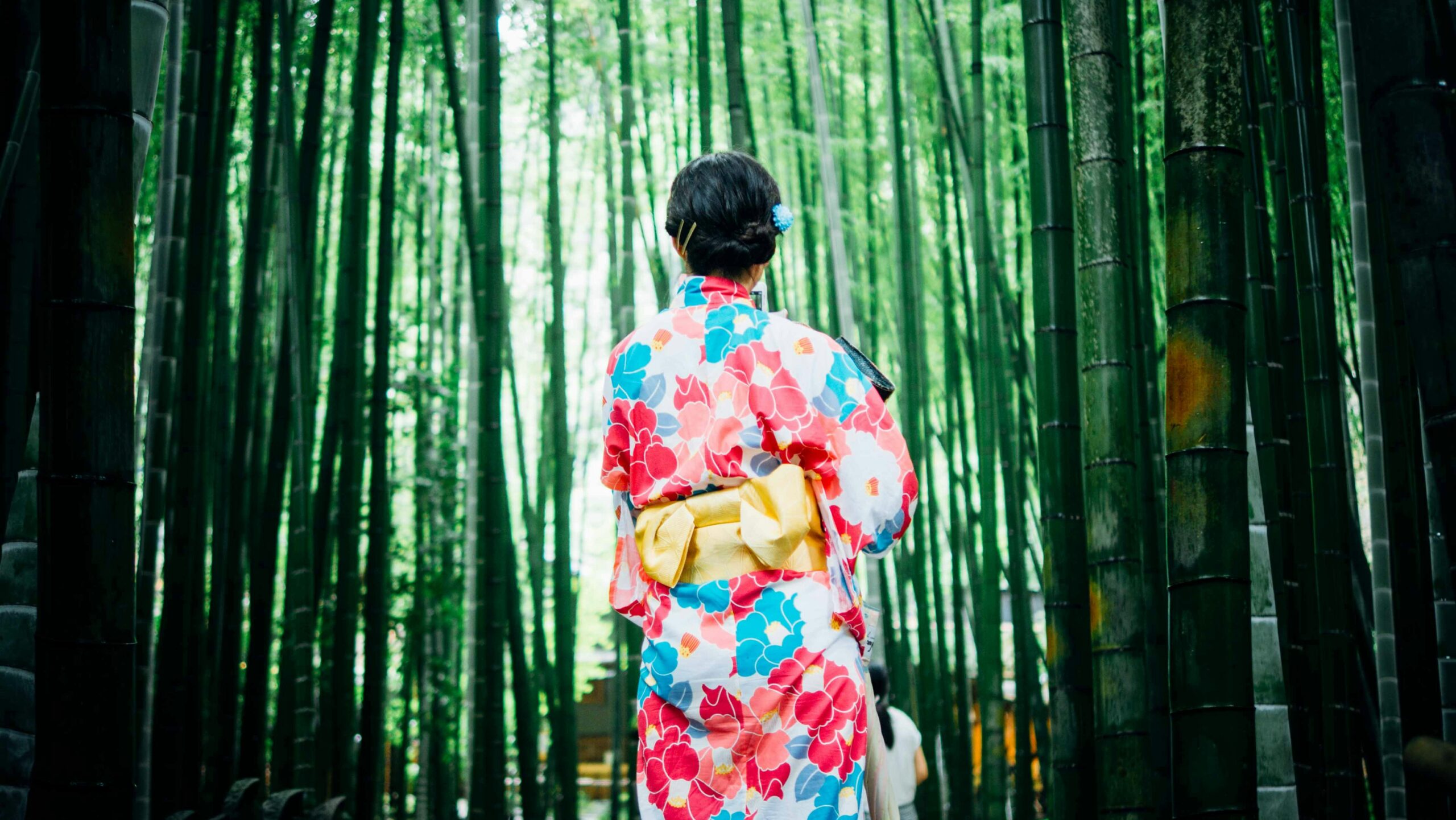
A vibrant kimono with floral patterns against the serene backdrop of Kyoto’s famous bamboo forest
Kimono (着物)
The word “kimono” literally translates to “thing to wear” in Japanese. This T-shaped, straight-lined robe has become the quintessential symbol of Japanese culture. In Kyoto, you’ll encounter various types of kimono, each designed for specific occasions, seasons, and social contexts.
Yukata (浴衣)
Originally worn as bathrobes, yukata are lightweight, unlined cotton kimono perfect for Kyoto’s hot summers. During summer festivals in Kyoto, such as the famous Gion Matsuri, locals and visitors alike don yukata for comfortable elegance. Unlike formal kimono, yukata can be worn without multiple undergarments, making them ideal for beginners.
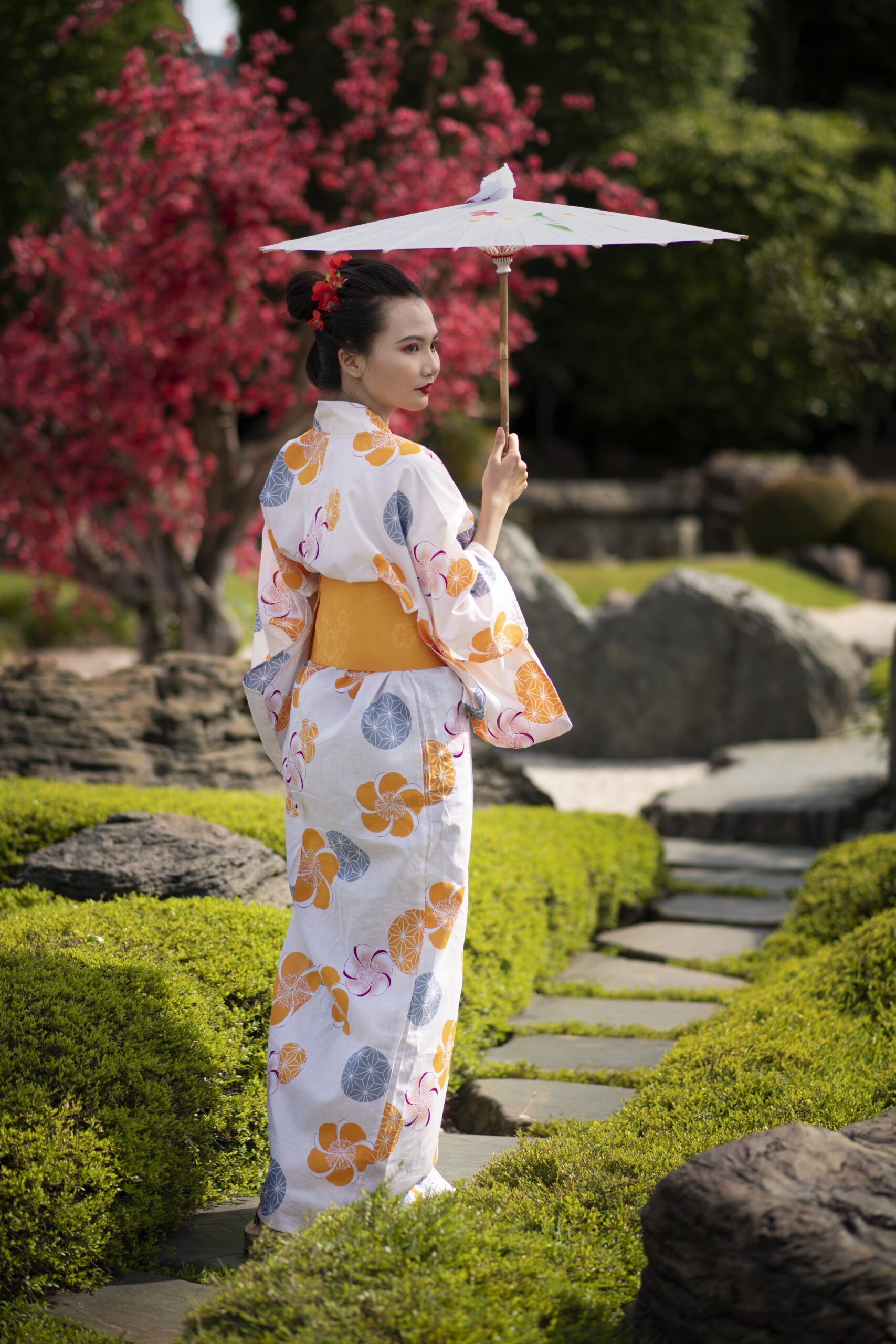
A light summer kimono with bright floral patterns, complemented by a traditional parasol in a Japanese garden setting
Furisode (振袖)
These formal kimono feature dramatically long, swinging sleeves and are traditionally worn by unmarried young women. In Kyoto, furisode are commonly seen during Coming of Age Day celebrations (Seijin no Hi) and wedding ceremonies. The length of the sleeves can reach nearly to the ground, creating an elegant silhouette.
Tomesode (留袖)
The most formal kimono for married women, tomesode feature beautiful designs concentrated near the hem. Black tomesode (kuro-tomesode) represent the highest level of formality, often worn by mothers at their children’s weddings in Kyoto’s traditional ceremonies.
Houmongi (訪問着)
Literally meaning “visiting wear,” houmongi are semi-formal kimono suitable for various social occasions. These versatile garments feature designs that flow seamlessly across seams, creating artistic continuity. In Kyoto’s tea ceremony schools, houmongi are frequently chosen for their refined elegance.
Chapter 2: Structural Elements and Design Features
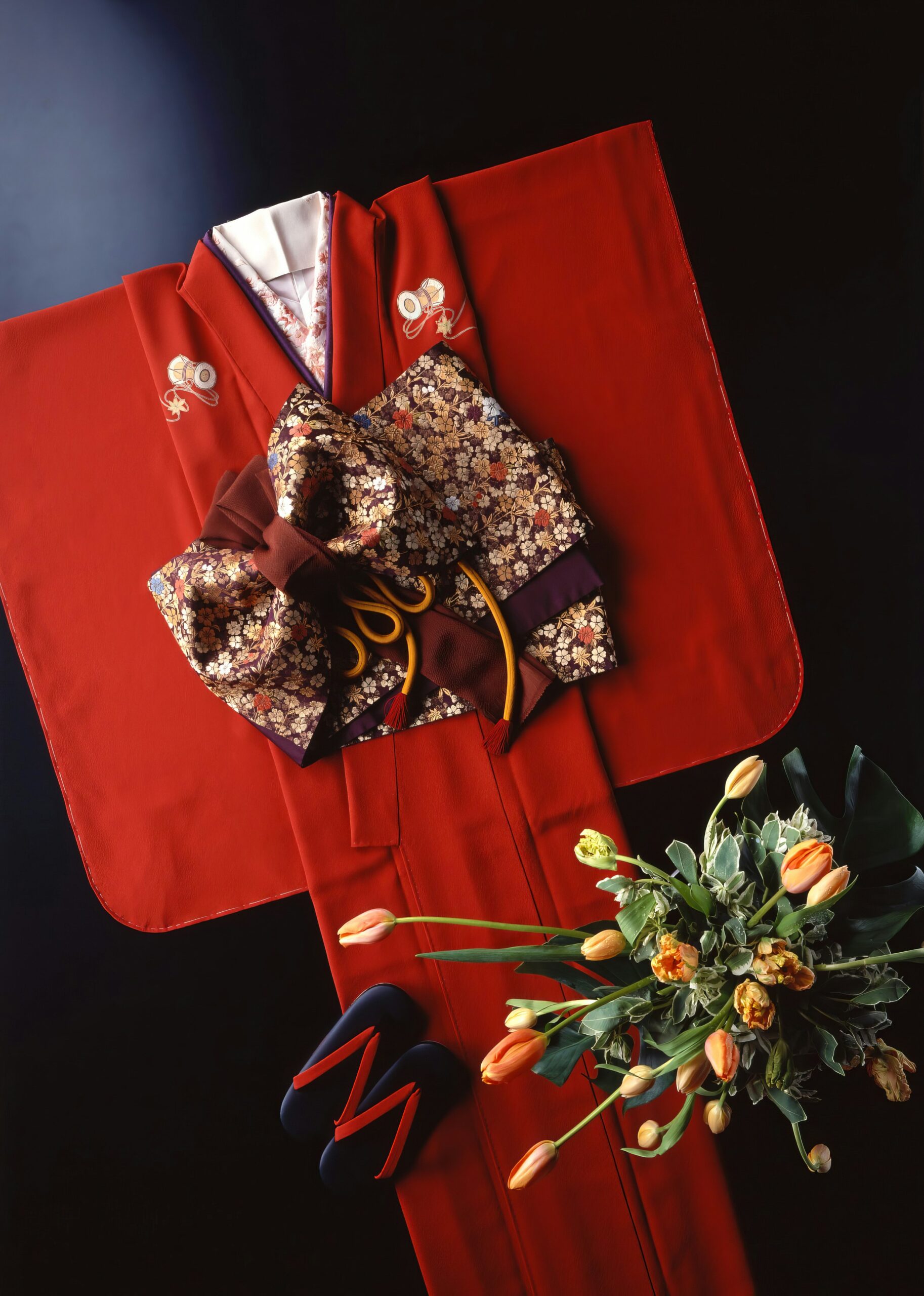
A formal red kimono with an intricate obi and decorative accessories, showcasing traditional craftsmanship
Obi (帯)
The obi is far more than a simple belt – it’s an art form in itself. These wide sashes, measuring up to four meters long, serve both functional and aesthetic purposes. Kyoto’s obi-makers are renowned for their intricate weaving techniques, creating masterpieces that can cost more than the kimono itself.
Nagoya Obi (名古屋帯)
Named after the city of Nagoya, these obi are shorter and easier to tie than formal maru obi. They’re perfect for everyday wear and casual occasions, making them popular choices for kimono rental services throughout Kyoto’s tourist districts.
Maru Obi (丸帯)
The most formal type of obi, maru obi are fully patterned on both sides and incredibly long. These luxurious accessories are reserved for the most special occasions and are often family heirlooms passed down through generations in Kyoto’s traditional families.
Fukuro Obi (袋帯)
A compromise between formality and practicality, fukuro obi feature patterns only on the front side. They’re commonly used for semi-formal occasions and are frequently seen in Kyoto’s cultural events and traditional performances.
Chapter 3: Seasonal Considerations and Fabric Types
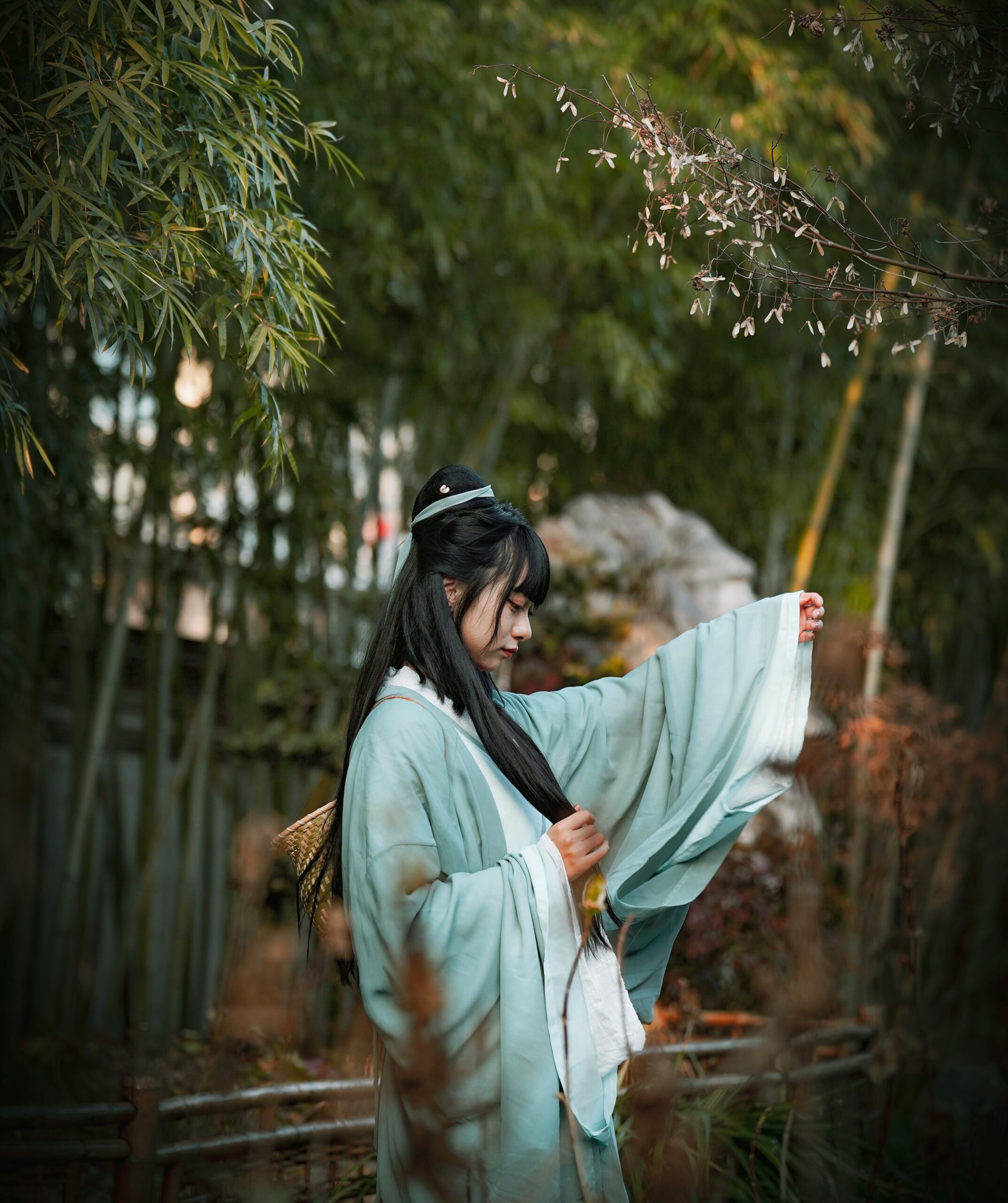
A light-colored kimono suitable for spring or summer, worn in a traditional bamboo garden
Awase (袷)
Lined kimono worn during cooler months, typically from October through May in Kyoto’s climate. The lining adds warmth and structure, making these kimono perfect for Kyoto’s crisp autumn and spring seasons when cherry blossoms bloom.
Hitoe (単衣)
Unlined kimono worn during transitional seasons, particularly June and September in Kyoto. These garments provide comfort during periods when the weather is neither hot nor cold, perfectly suited to Kyoto’s distinct seasonal changes.
Ro (絽) and Sha (紗)
These are types of lightweight, semi-transparent silk weaves used for summer kimono. In Kyoto’s humid summers, these breathable fabrics provide essential comfort while maintaining elegance. Ro fabric features horizontal stripes of open weave, while sha has a gauge-like transparency.
Chirimen (縮緬)
A distinctive crepe silk fabric with a characteristic wrinkled texture, chirimen is particularly associated with Kyoto’s textile industry. The irregular surface creates beautiful light reflection and adds depth to kimono designs.
Chapter 4: Essential Accessories and Undergarments
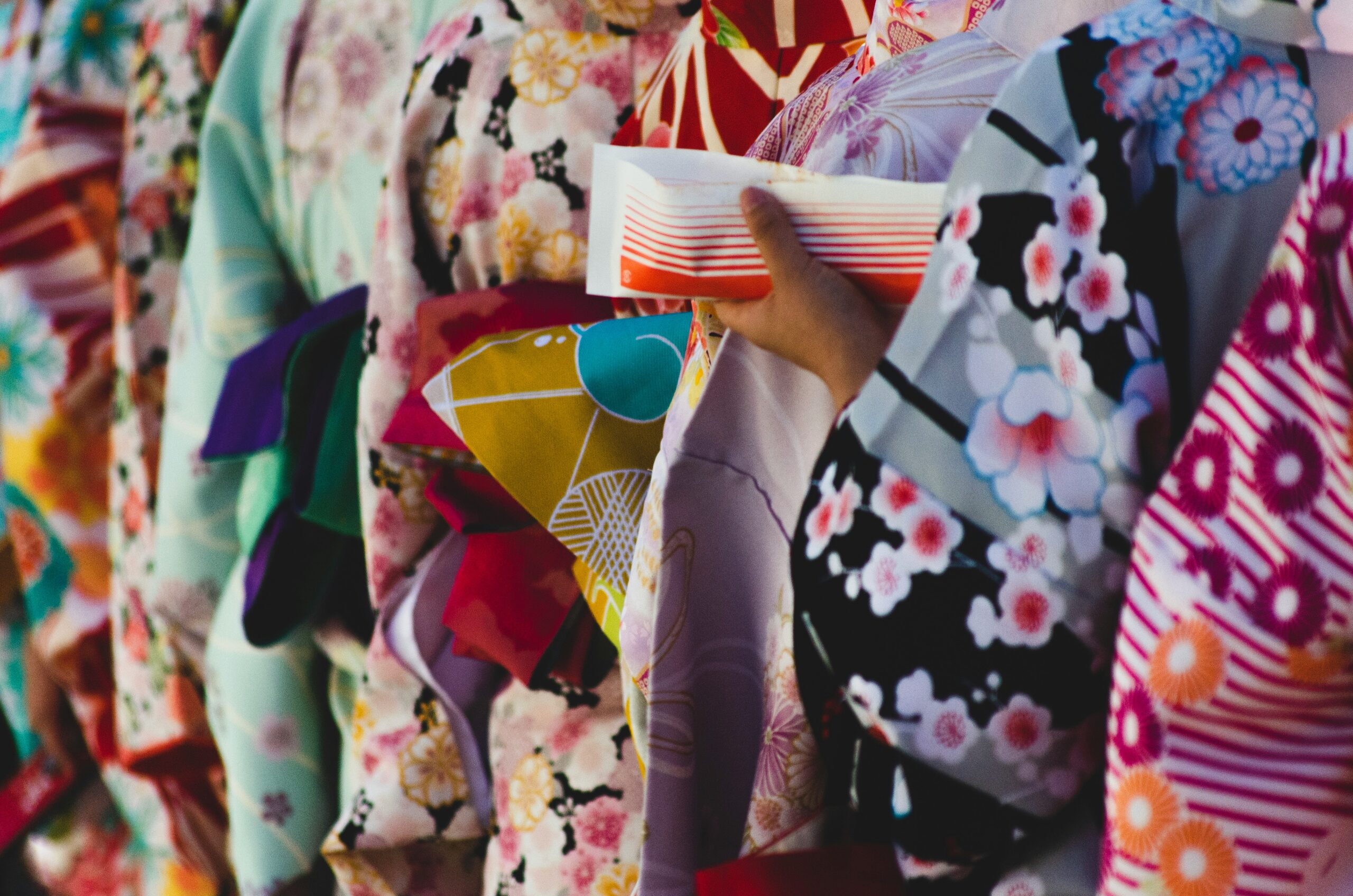
A variety of kimono fabrics showcasing different patterns and color combinations
Juban (襦袢)
The foundation undergarment worn beneath kimono, juban serve both practical and aesthetic purposes. The collar of the juban, visible at the neckline, adds a subtle color accent to the overall ensemble. In Kyoto’s traditional dress code, the juban’s visibility is carefully calculated for maximum visual impact.
Hadajuban (肌襦袢)
The innermost undergarment, worn directly against the skin. This cotton or silk garment absorbs moisture and provides a smooth foundation for the outer layers. During Kyoto’s humid summers, hadajuban made from moisture-wicking materials are essential for comfort.
Susoyoke (裾よけ)
A wrap-around underskirt that provides coverage and smooth lines beneath the kimono. This undergarment ensures that the kimono drapes properly and prevents the fabric from clinging to the legs while walking through Kyoto’s historic streets.
Obiage (帯揚げ)
A decorative cord that helps secure the obi’s shape and adds a splash of color near the bust line. Kyoto’s kimono stylists often use obiage as an opportunity to introduce seasonal colors or complement the kimono’s palette.
Obijime (帯締め)
A narrow cord tied around the obi to keep it in place. Beyond its functional purpose, obijime serve as jewelry, often featuring intricate braiding techniques and decorative elements. Master craftsmen in Kyoto create obijime using traditional braiding methods passed down through generations.
Chapter 5: Footwear and Hair Accessories
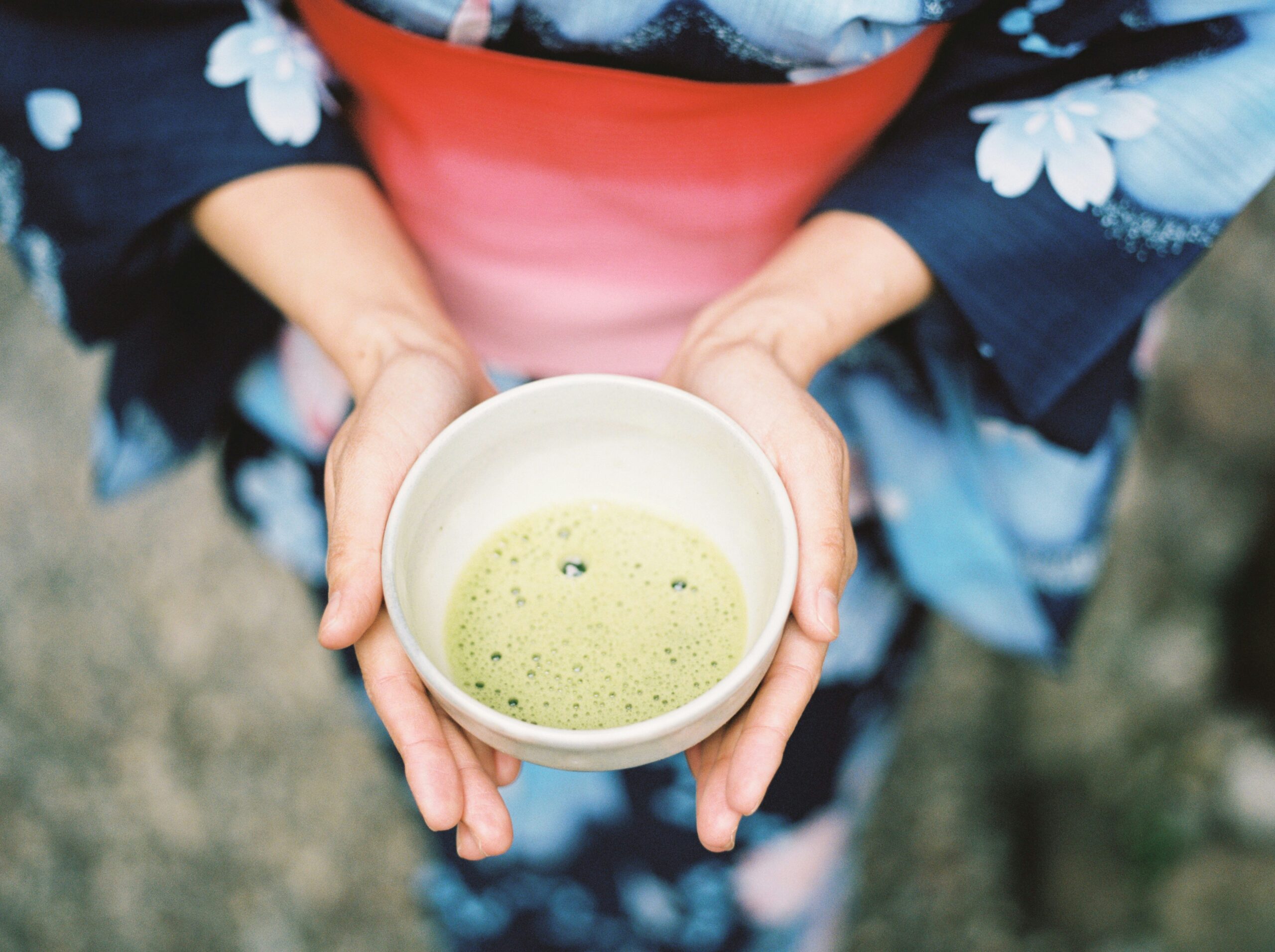
A traditional tea ceremony setting with a kimono-clad participant holding a bowl of matcha
Geta (下駄)
Traditional wooden sandals with elevated platforms, geta provide the distinctive clicking sound associated with kimono wear. In Kyoto’s traditional districts, the sound of geta on stone pathways creates an authentic atmosphere that transports visitors back in time.
Zori (草履)
More formal than geta, zori are flat sandals often made with tatami mat material or silk. These elegant shoes are preferred for formal occasions and tea ceremonies in Kyoto’s traditional venues.
Tabi (足袋)
Traditional split-toe socks worn with both geta and zori. Typically white for formal occasions, tabi create clean lines and protect feet from friction. Some modern variations feature colorful patterns, adding personality to traditional ensembles.
Kanzashi (簪)
Ornamental hairpins and combs used to secure traditional hairstyles. Kyoto’s kanzashi artisans create stunning pieces that reflect seasonal themes, from cherry blossom motifs in spring to maple leaf designs in autumn.
Chapter 6: Patterns, Colors, and Seasonal Motifs
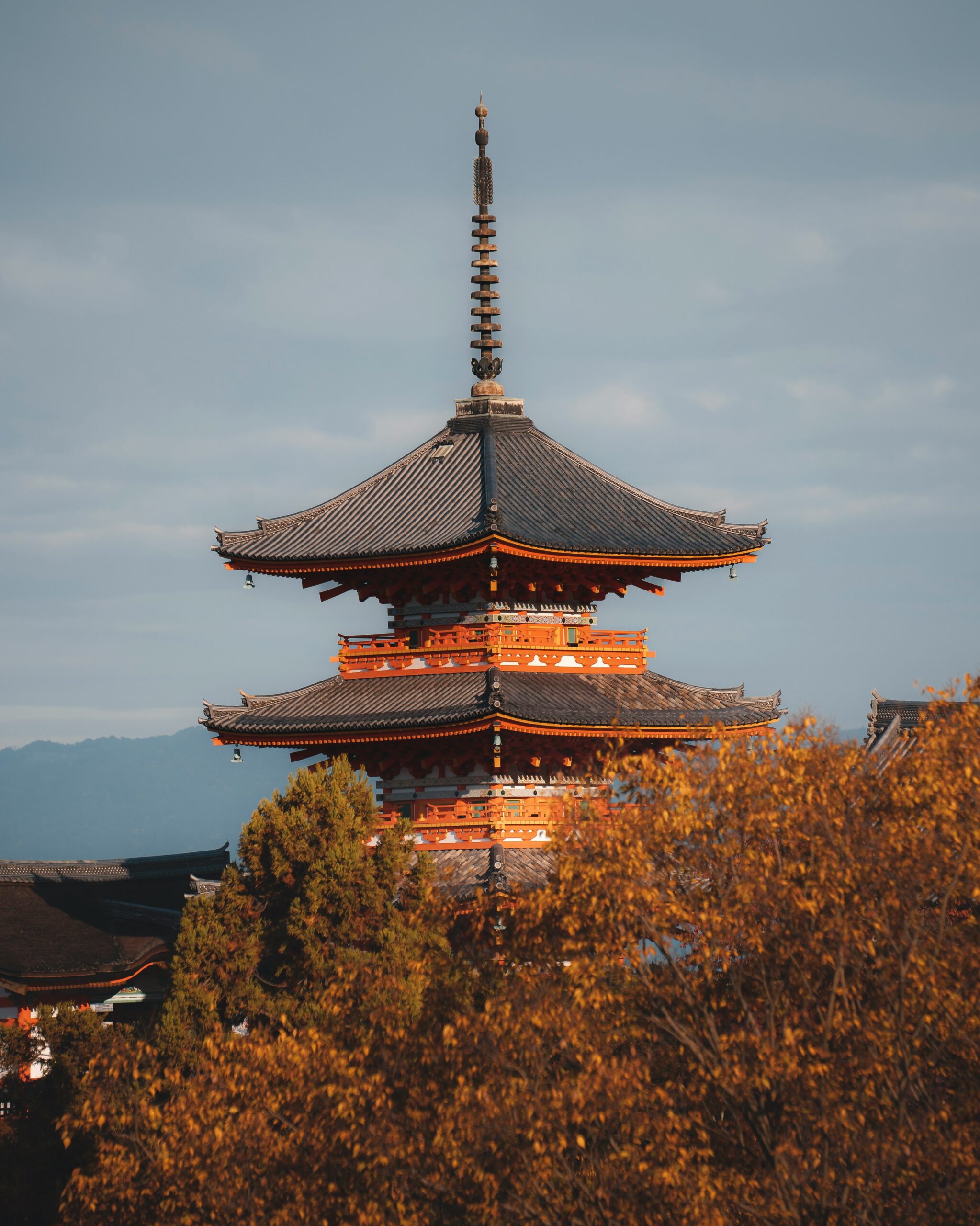
A traditional pagoda in Kyoto surrounded by autumn foliage, illustrating seasonal color influences in kimono design
Sakura (桜) – Cherry Blossoms
Perhaps the most iconic Japanese motif, cherry blossoms represent the ephemeral nature of life. In Kyoto, sakura-patterned kimono are worn during spring hanami season, creating harmony between the wearer and the blooming city.
Momiji (紅葉) – Maple Leaves
Autumn maple leaves symbolize the beauty of change and the passage of time. Kyoto’s famous autumn foliage inspired countless kimono designs featuring vibrant red and gold maple leaf patterns.
Asanoha (麻の葉) – Hemp Leaf Pattern
This geometric pattern of interconnected hexagons represents growth and prosperity. The design’s endless repetition symbolizes expansion and is considered auspicious for important life events.
Seigaiha (青海波) – Blue Ocean Waves
Semicircular layered patterns representing ocean waves, seigaiha symbolize tranquility and peace. This pattern is particularly striking on summer kimono worn during Kyoto’s riverside festivals.
Chapter 7: Formal Occasions and Ceremony Terminology
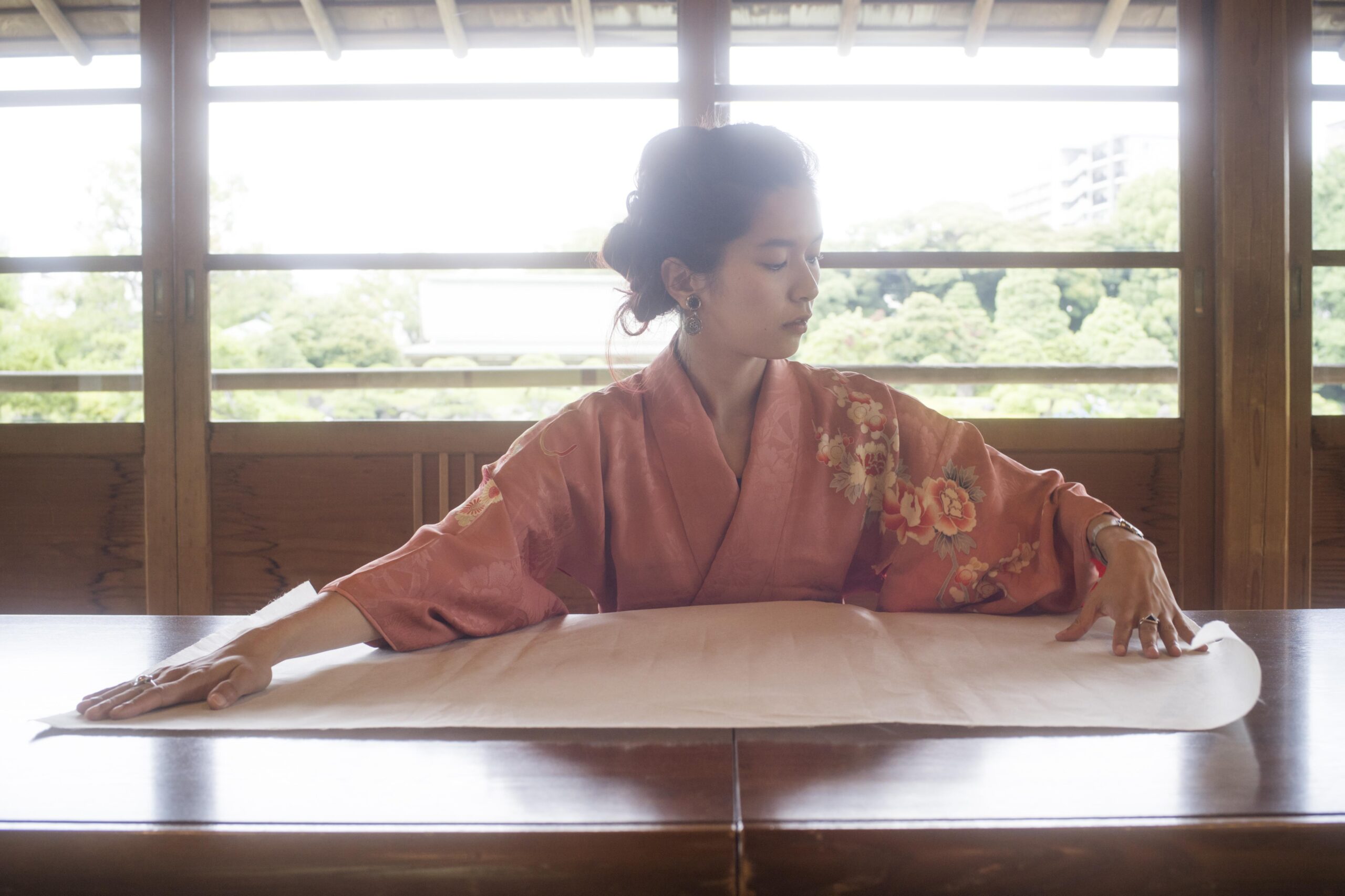
A formal kimono being worn during a traditional Japanese ceremony
Oshidori (鴛鴦)
Mandarin duck motifs represent marital bliss and fidelity, making them popular choices for wedding kimono. In Kyoto’s traditional wedding ceremonies, these symbols carry deep cultural significance.
Tsuru (鶴) – Cranes
Cranes symbolize longevity and good fortune, often appearing on formal kimono worn during New Year celebrations and other auspicious occasions throughout Kyoto.
Kiku (菊) – Chrysanthemums
The imperial flower of Japan, chrysanthemums represent nobility and perfection. In Kyoto, former imperial capital, chrysanthemum motifs carry special significance and are often seen on formal court-style kimono.
Chapter 8: Modern Kimono Culture in Kyoto
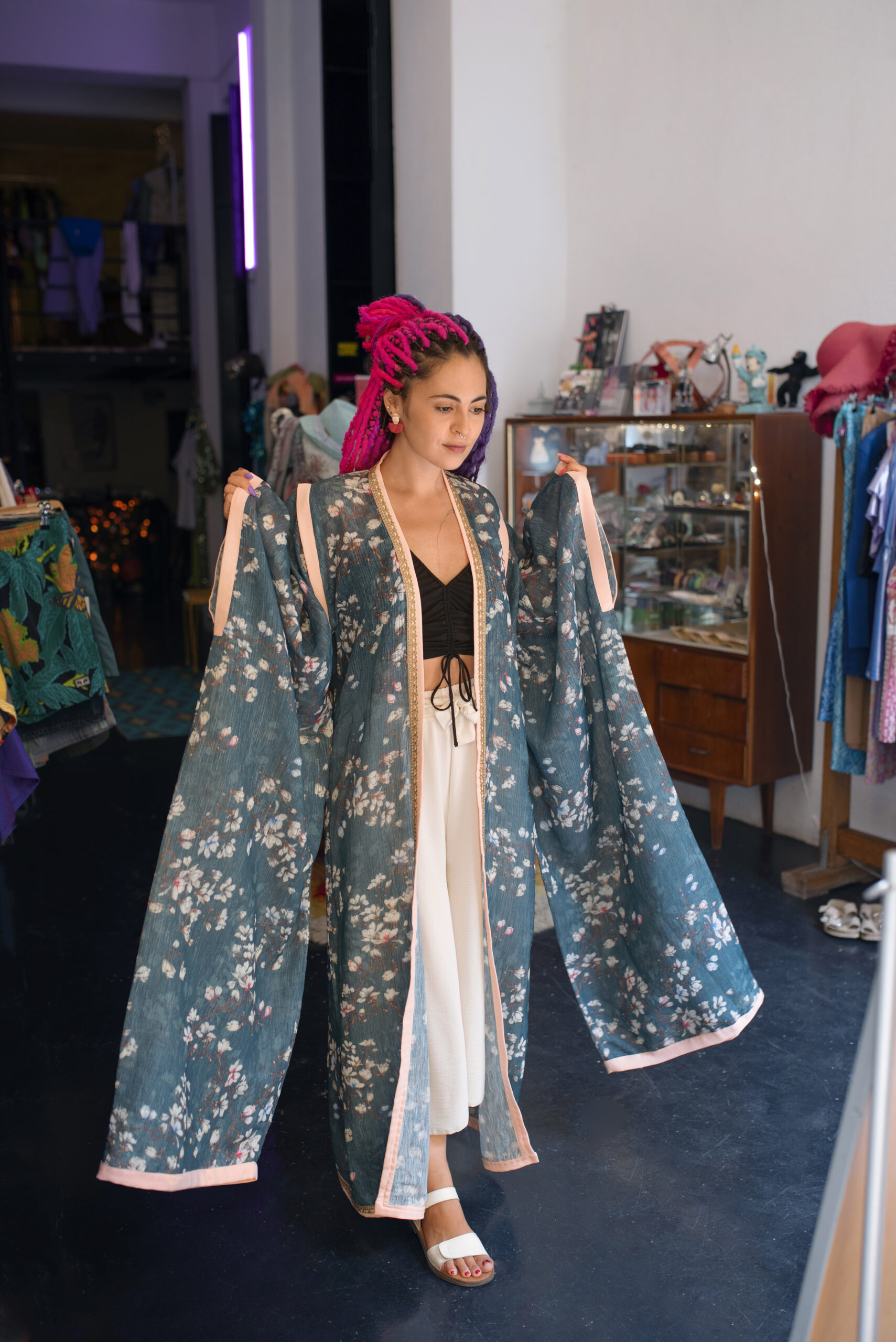
Modern kimono-inspired fashion being showcased in a contemporary setting
Kimono Rental Services
Kyoto’s thriving kimono rental industry allows visitors to experience traditional dress without the significant investment required for purchase. These services typically include dressing assistance, hair styling, and photography opportunities in scenic locations.
Kimono Schools and Classes
Traditional kimono schools in Kyoto offer comprehensive training in proper wearing techniques, seasonal coordination, and cultural etiquette. These institutions preserve ancient knowledge while adapting to modern lifestyles.
Contemporary Adaptations
Modern kimono designers in Kyoto blend traditional techniques with contemporary aesthetics, creating pieces suitable for modern occasions while respecting cultural heritage.
Chapter 9: Caring for Kimono – Preservation Techniques
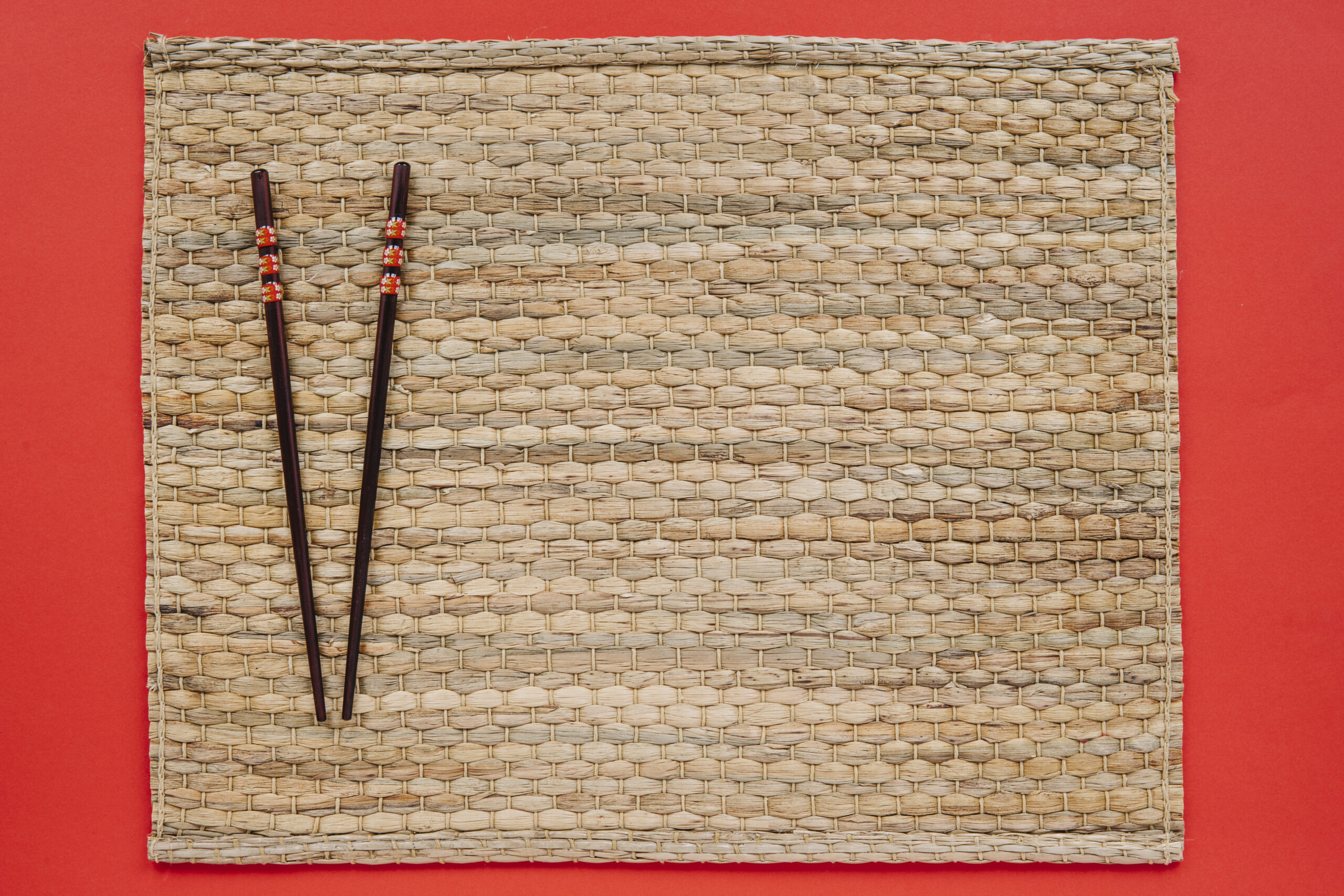
Traditional Japanese aesthetics emphasize careful attention to detail and proper care of cultural items
Proper Storage Methods
Kimono require specific storage techniques to prevent damage from humidity, insects, and improper folding. Kyoto’s climate demands particular attention to moisture control and seasonal airing.
Professional Cleaning Services
Specialized kimono cleaning services in Kyoto use traditional methods combined with modern technology to maintain these delicate garments. Understanding when professional cleaning is necessary helps preserve kimono for future generations.
Seasonal Maintenance
Regular inspection and proper seasonal rotation ensure kimono remain in excellent condition. Kyoto’s changing seasons require specific maintenance schedules to prevent damage and preserve fabric integrity.
Chapter 10: Shopping for Kimono in Kyoto
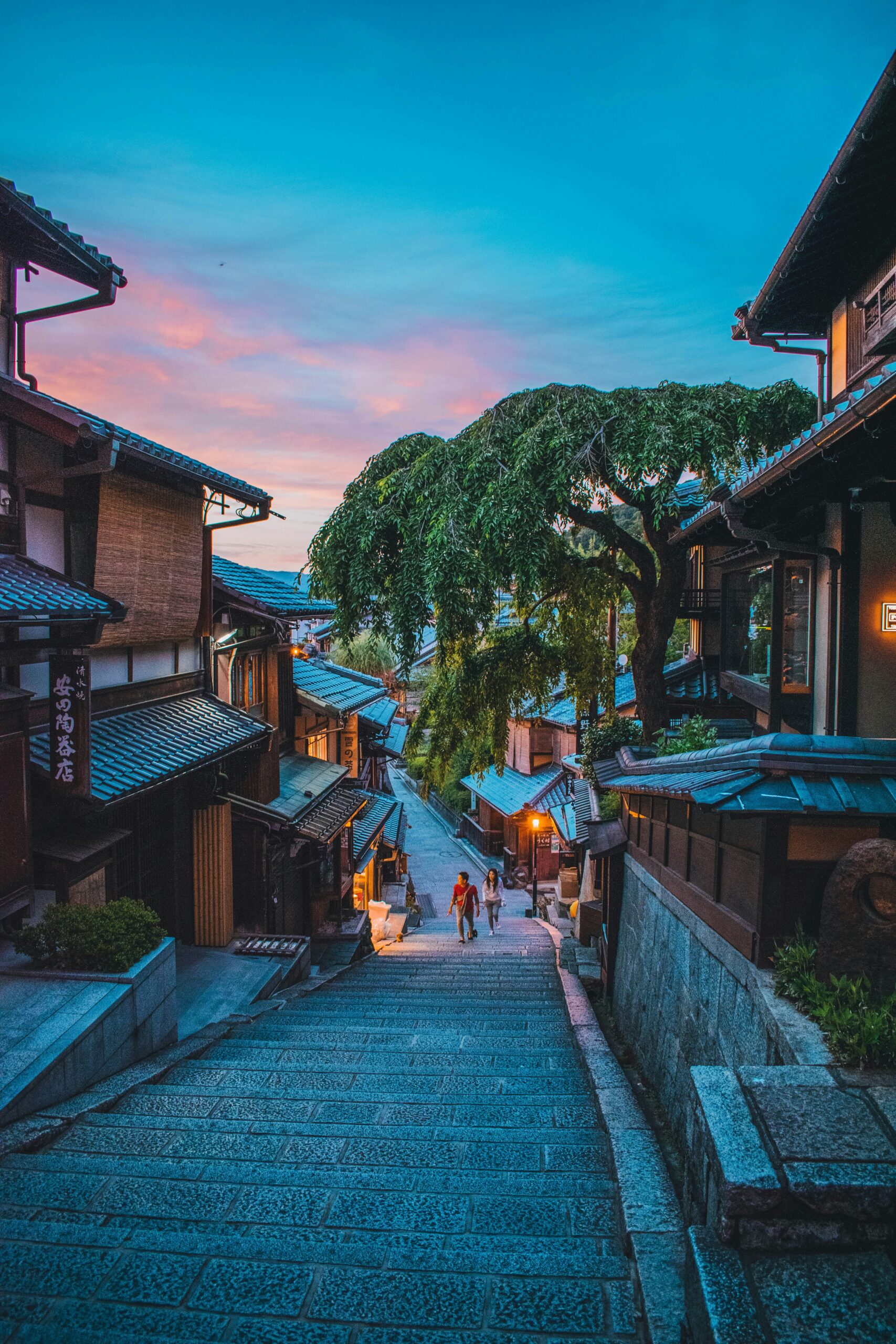
A historic shopping district in Kyoto with traditional architecture, where kimono shops can often be found
Antique Kimono Markets
Kyoto’s vintage kimono markets offer opportunities to acquire authentic pieces with historical significance. Understanding terminology helps buyers make informed decisions and appreciate the craftsmanship they’re purchasing.
Department Store Kimono Sections
Modern department stores in Kyoto feature extensive kimono departments with both traditional and contemporary options. Knowledgeable staff can guide customers through proper selection based on occasion and personal style.
Artisan Workshops
Direct purchases from Kyoto’s kimono artisans provide insight into traditional creation methods while supporting local craftspeople. These workshops often offer customization options for truly unique pieces.
Photography Opportunities: Capturing Kimono Beauty in Kyoto
When wearing kimono in Kyoto, photography becomes an essential part of the experience. Professional photographers specializing in traditional Japanese portraiture understand how to capture the elegance and cultural significance of kimono wear. For stunning kimono photography sessions in Kyoto’s most picturesque locations, consider booking with experienced professionals who understand both traditional aesthetics and modern photography techniques.
For exceptional kimono photography services in Kyoto, visit AllPhoto Kyoto to capture your traditional Japanese experience with professional quality and cultural authenticity.
Cultural Etiquette and Respect
Proper Wearing Techniques
Understanding correct kimono wearing demonstrates respect for Japanese culture. The left panel should always overlap the right (right over left is reserved for the deceased), and proper posture enhances the garment’s elegant lines.
Seasonal Appropriateness
Wearing seasonally appropriate patterns and fabrics shows cultural sensitivity and knowledge. Kyoto’s residents appreciate visitors who take time to understand these subtle but important distinctions.
Photography Etiquette
When photographing in kimono throughout Kyoto, respect private property, religious sites, and local customs. Some temples and shrines have specific guidelines for photography, especially when wearing traditional dress.
Conclusion: Embracing Kyoto’s Kimono Legacy
Understanding kimono terminology enriches every aspect of experiencing Japanese traditional culture in Kyoto. From recognizing the subtle differences between formal and casual garments to appreciating seasonal coordination principles, this knowledge transforms simple sightseeing into cultural immersion.
Whether you’re planning to rent a kimono for a day of exploration in Kyoto’s historic districts, attending a traditional tea ceremony, or simply want to appreciate the artistry you encounter, this comprehensive glossary provides the foundation for deeper cultural understanding.
Kyoto’s kimono culture represents more than fashion – it embodies centuries of artistic refinement, seasonal awareness, and social sophistication. By learning these essential terms, you join a tradition of appreciation that connects modern visitors with Japan’s rich cultural heritage.
The next time you walk through Kyoto’s ancient streets and encounter someone in traditional dress, you’ll understand the thoughtful choices behind every element of their ensemble. From the selection of appropriate patterns to the coordination of accessories, each detail reflects deep cultural knowledge and artistic sensibility.
Remember that kimono culture continues to evolve while maintaining its traditional roots. Kyoto’s position as the keeper of Japanese traditions ensures that this ancient art form remains vibrant and relevant for future generations. Your interest and understanding contribute to the preservation and appreciation of this magnificent cultural treasure.
Planning to experience Kyoto in traditional kimono? Professional photography services can help capture these memorable moments with the respect and artistry they deserve. Discover the beauty of traditional Japanese photography at AllPhoto Kyoto.


コメント